Behind-the-scenes tours of Edinburgh Waverley Station could include hidden vaults and ‘secret stairs’
Visitors could be shown round huge hidden vaults below the tracks as well as the station’s massive glass roof, 42ft above the concourse and the size of 14 football pitches. The guided trips might also include disused tunnels, “secret stairs” from the adjacent Balmoral Hotel, and basement areas where documents are stored.
Alex Hynes, managing director of Scotland’s Railway, which comprises ScotRail and Network Rail Scotland, said the tours would increase popular goodwill towards the railways and encourage more train travel, including among the huge number of visitors to the capital. The station handles some 14 million passengers a year.
Advertisement
Hide AdAdvertisement
Hide AdHynes said the scheme was an “aspiration rather than a plan” and inspired by the popularity of tours of the bowels of Glasgow Central Station, which have attracted more than 100,000 people. It could tell visitors how Waverley was created from three separate stations and expanded to cover the largest area of any Scottish station.
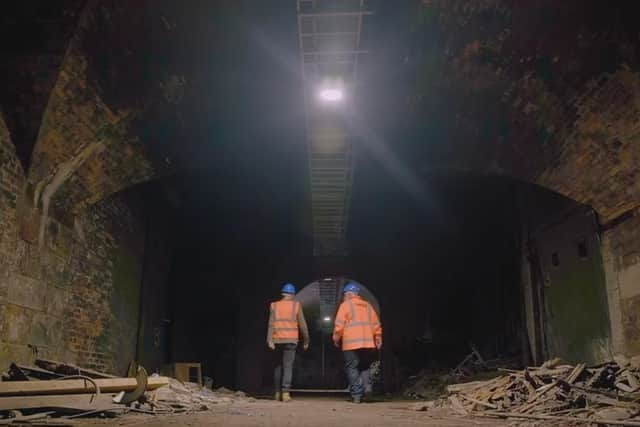

Hynes said: "We’ve seen the success of the Glasgow Central tours, which is the top-rated experience on Tripadvisor. Customers love it and it creates a lot of good will for the railway.”
He said areas the Waverley tours could cover included a basement records room, which had “lain dormant since the day it was closed”.
Hynes said: "If we were to do it, there were would be enough to see – oodles of things for tourists. I’m convinced there would be the footfall for it.
“Edinburgh has a much higher proportion of leisure passengers than Glasgow, including foreign visitors."
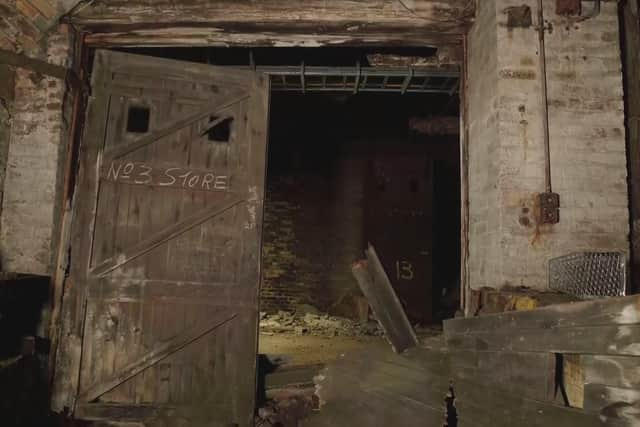

Hynes said the roof could also form part of the experience, adding: “It has been renewed to modern standards and is safe to access in certain circumstances.”
A spokesperson for Network Rail, which runs the station, said: “Proposals for a Waverley tour are still only in their early stages of development.
"The station team is assessing what areas could be made accessible to the public, but any tour would be unlikely to be on the same scale as Glasgow Central’s as Waverley does not have the same floor space beneath the concourse level.
Advertisement
Hide AdAdvertisement
Hide Ad“The tour would likely focus on the history of the already accessible public areas, the roof – once the works on North Bridge are complete – and more easily accessible private areas like the ‘secret stairs’ linking the station to the Balmoral Hotel.
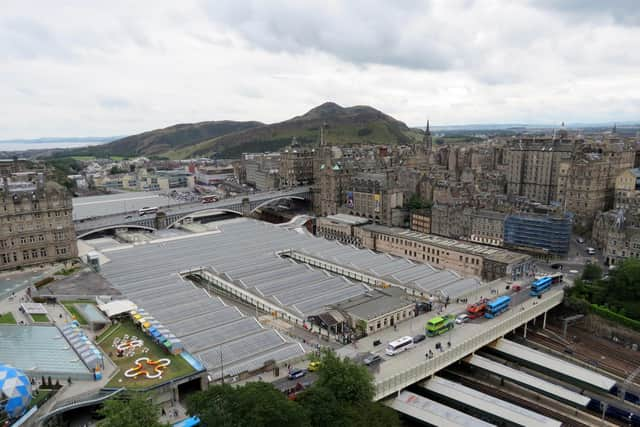

“Other areas that could potentially be included, such as disused tunnels and basement areas, will need to be fully risk assessed for things like air quality and underfoot conditions before they could be included.”
The vaults are believed to have been used to store fruit, vegetables, coal and cattle on several levels. Railway historian Tim Dunn, who toured them for The Architecture The Railways Built series on UKTV Play, described them as “like a secret city”.
In a visit in 2017, The Scotsman reported: “A central corridor runs right to the end of the complex, with a dozen or so large vaulted chambers opening up on either side.
"We entered several of these sinister-looking rooms and the vibe was nothing less than bone-chilling; the kind of place where the likes of John Carpenter and Wes Craven would have had a field day.” They were described as a “suitably spooky location” for a horror film.
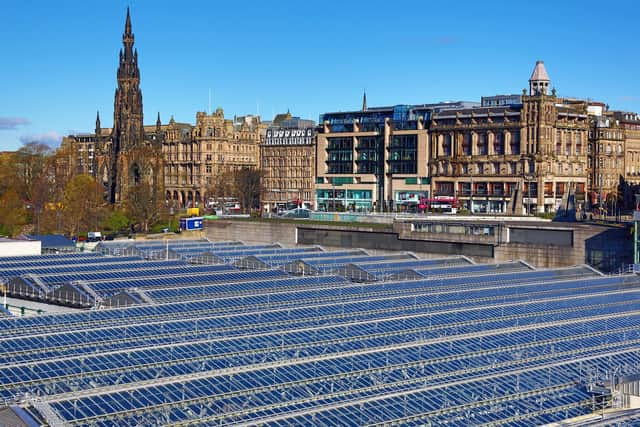

Another curiosity under the station is the site of a former shooting range, believed to have once been home to the Eighth Club that closed in the late 1990s in the wake of the Dunblane school massacre. Network Rail said it was cleared out years ago and is now a storage room.
Waverley opened in 1868 as the amalgamation of three previous stations built in the 1840s – North Bridge, run by the North British Railway, General, operated by the Edinburgh and Glasgow Railway, and Canal Street, run by the Edinburgh, Leith and Granton Railway.
They were collectively known as Waverley from 1854, which was named after the series of novels by Sir Walter Scott. The station was twice extended over the following 50 years to its current 23-acre site.
Advertisement
Hide AdAdvertisement
Hide AdHynes said the Glasgow Central tours were due to be temporarily extended this summer to also cover Glasgow Queen Street Station, whose £120 million overhaul was completed two years ago, although it is not clear whether any non-public areas would be included.
There are also long-standing plans to include parts of Central Station’s vast roof in its tours in the future.
Hynes said a range of merchandise could be produced for visitors to buy as mementos of the experience, such as teddy bears, key rings and paperweights.
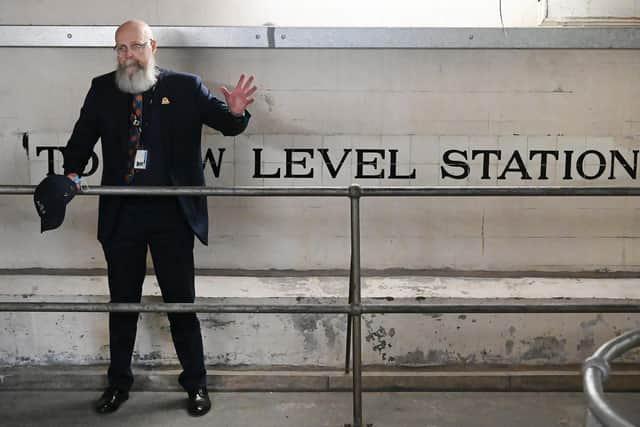

More than 94 per cent of the 4,000 reviews on Tripadvisor of the Central Station tours, led by Paul Lyons and Jackie Ogilivie, have awarded them a top-rated “excellent”. Among visitors this month, Jane A said: “The tour is just fabulous. Tour guide Paul is absolutely outstanding, his passion and humour makes this tour five star.”
Elizabeth C said: “Paul was amazing, the banter was fantastic and it was wonderful to see all the history. Would definitely do it again. Absolute must do attraction.”
The tours include a platform adjacent to Central’s low level station that closed nearly 60 years ago and is due to be restored as a “Victorian platform” to recreate its early days after being opened in 1896. A steam locomotive is due to be loaned by the Museum of Scottish Railways in Bo’ness and sit on re-laid tracks.
Comments
Want to join the conversation? Please or to comment on this article.